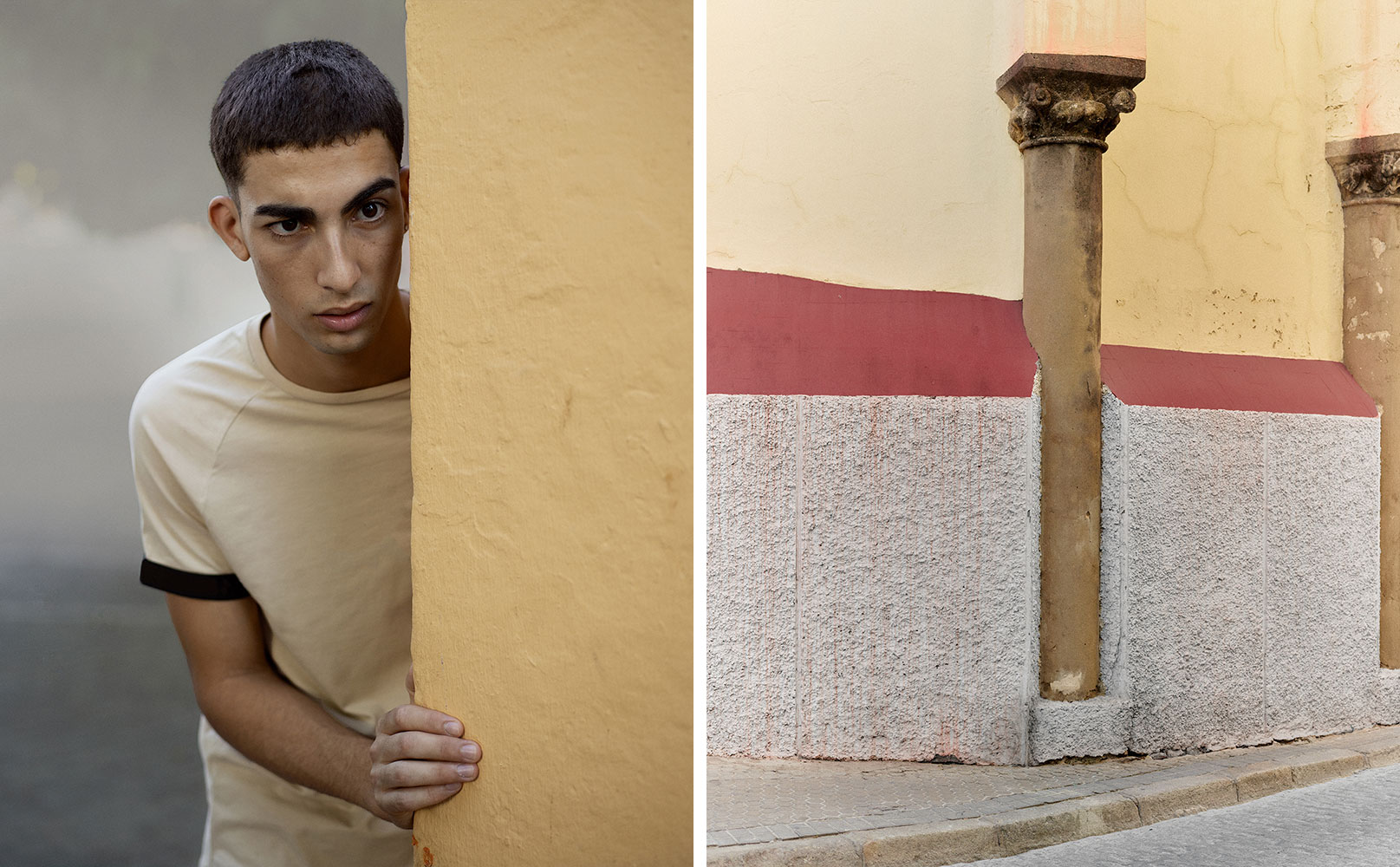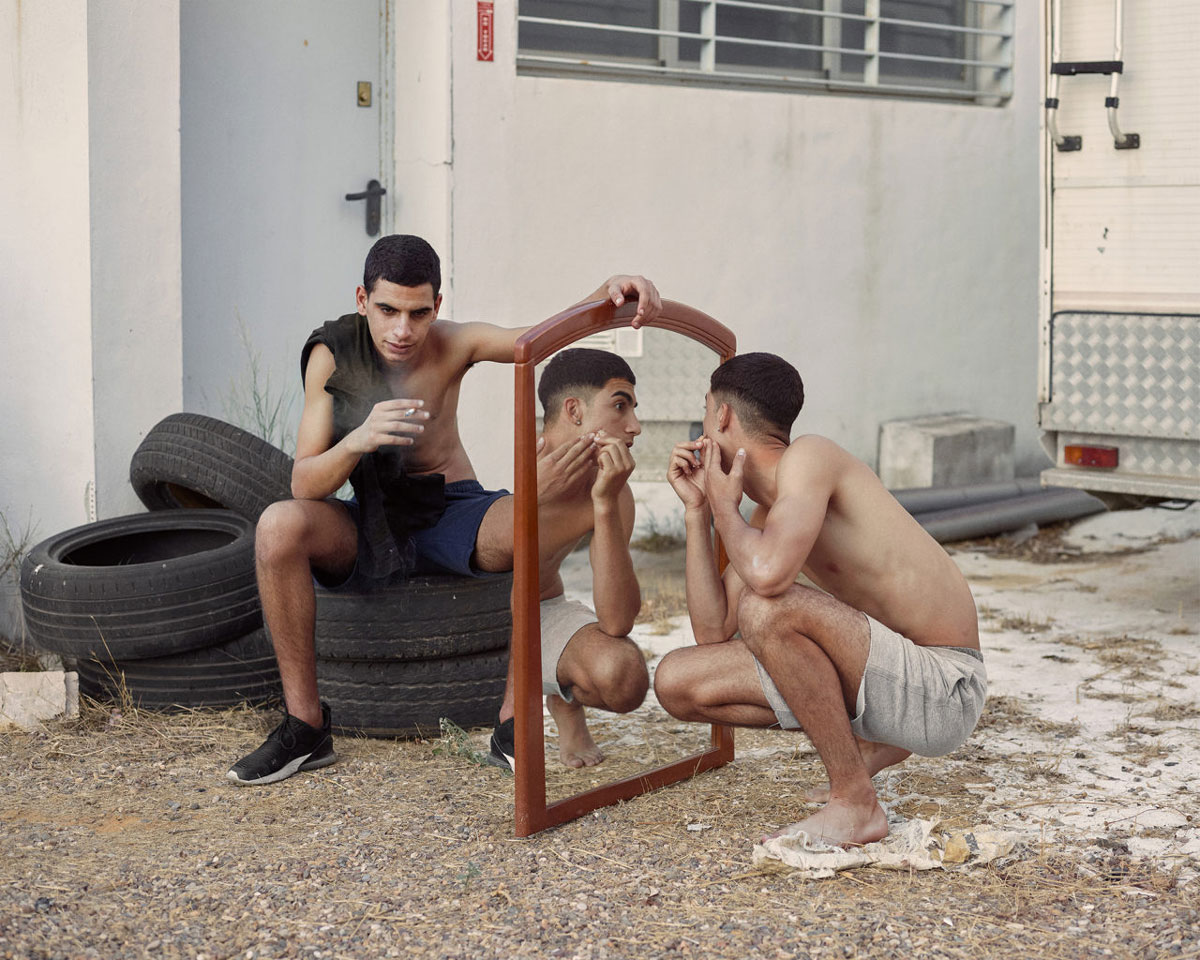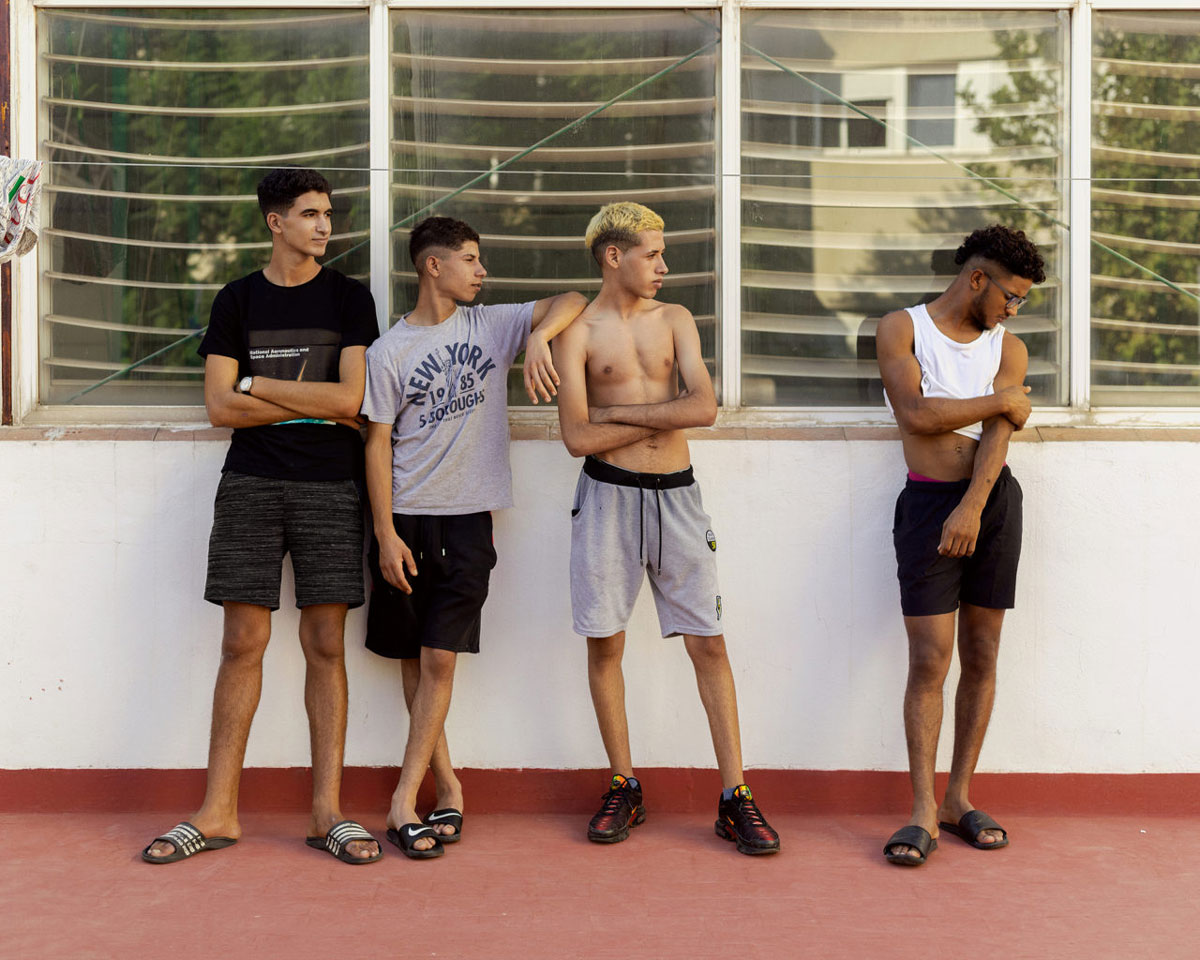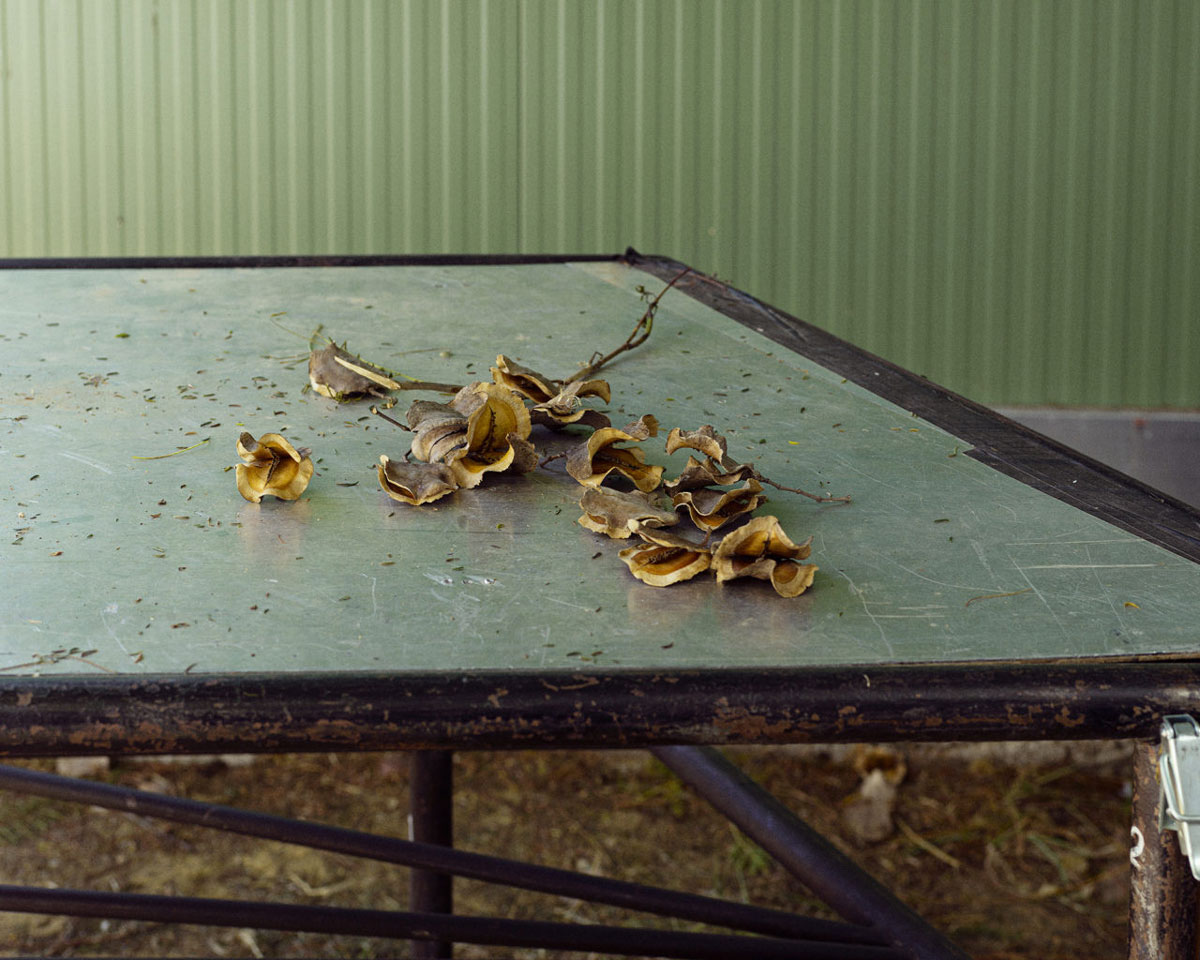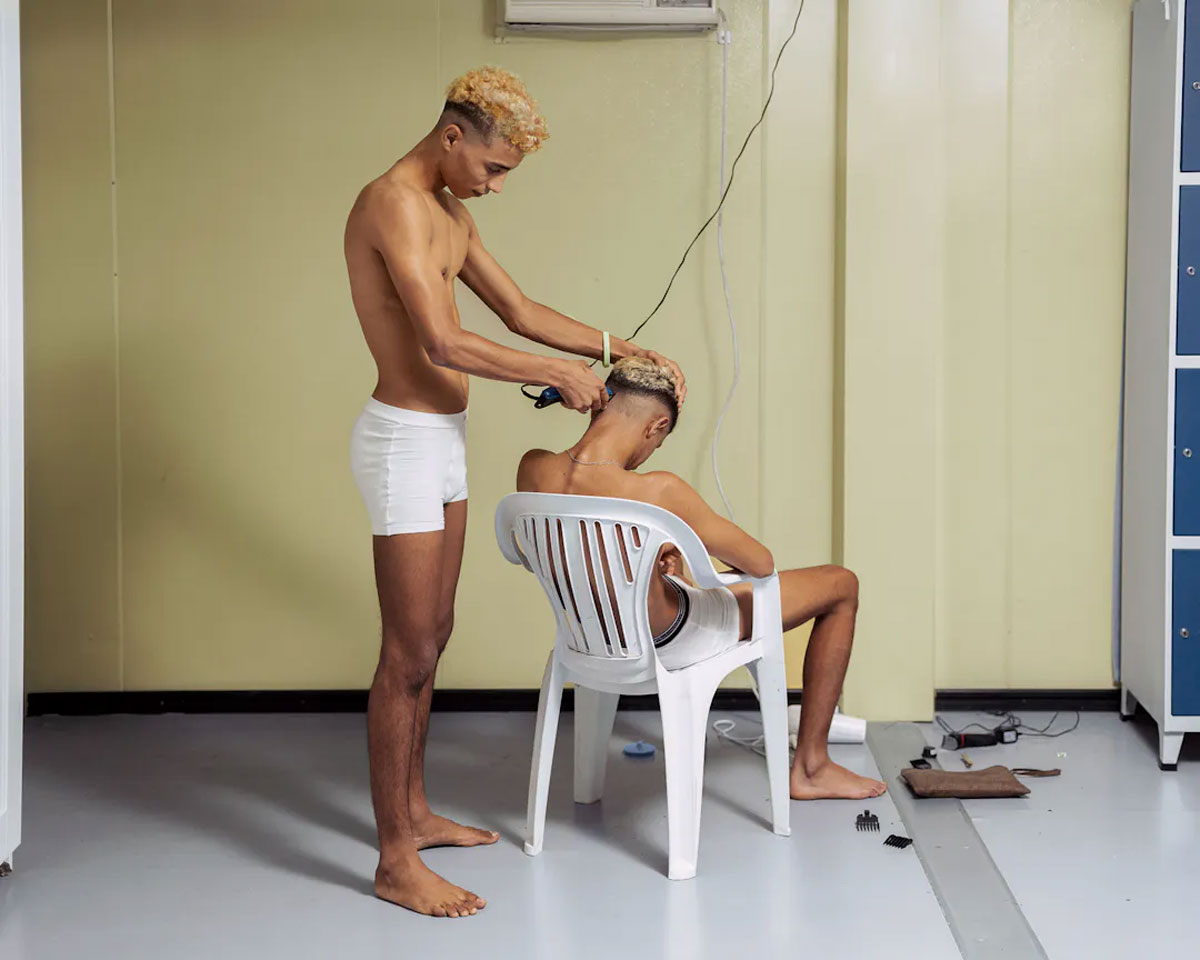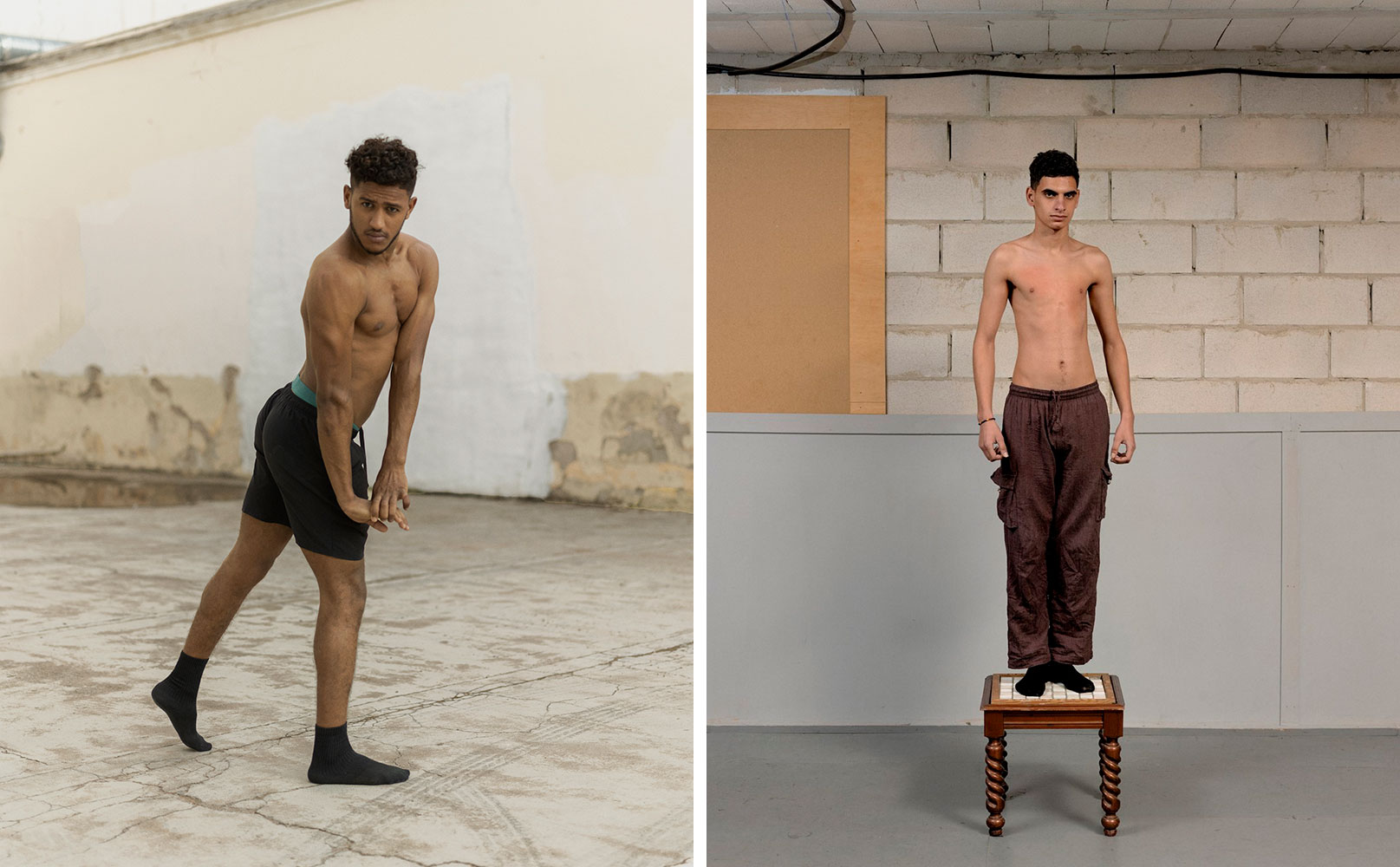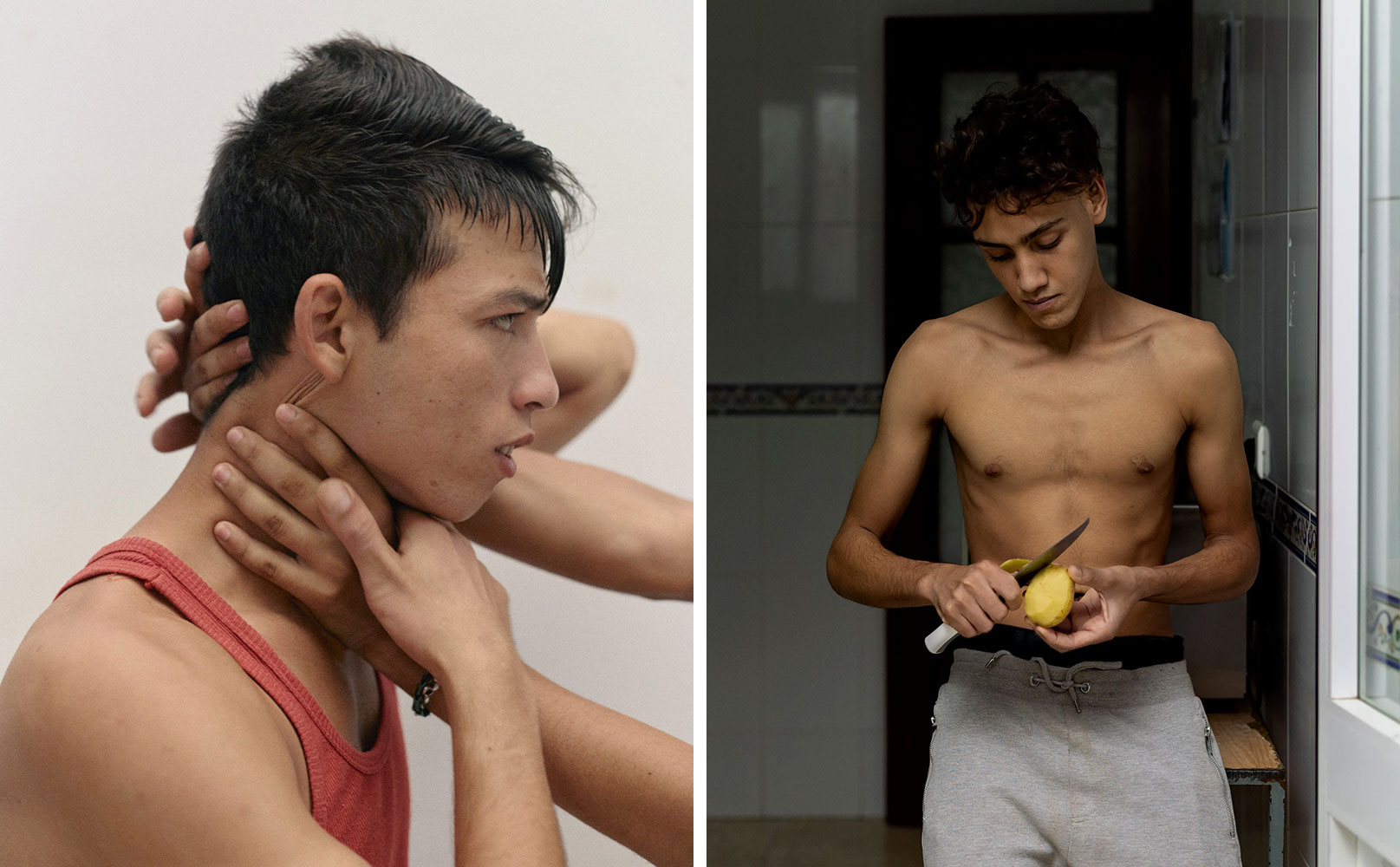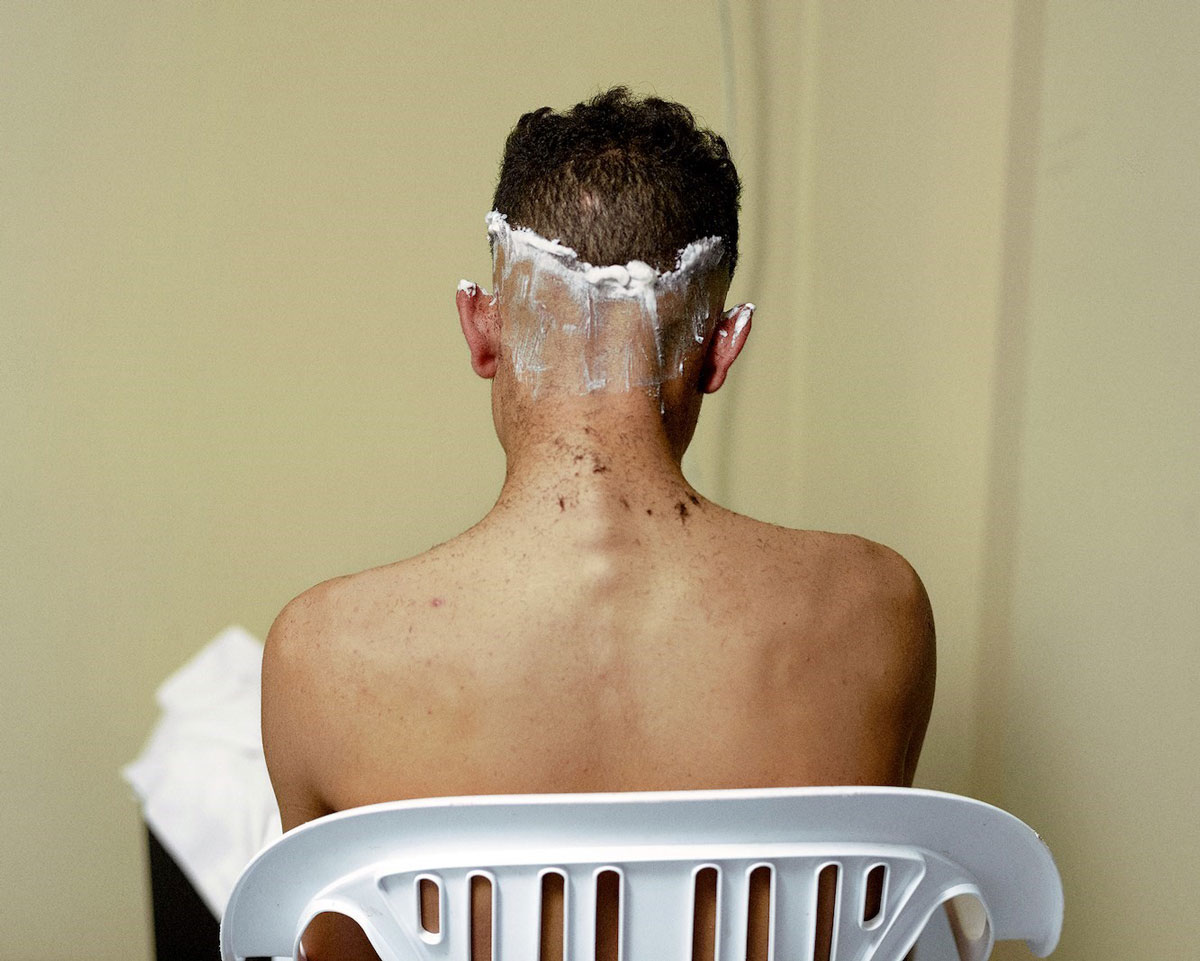PHOTO: Felipe Romero Beltrán-Dialect
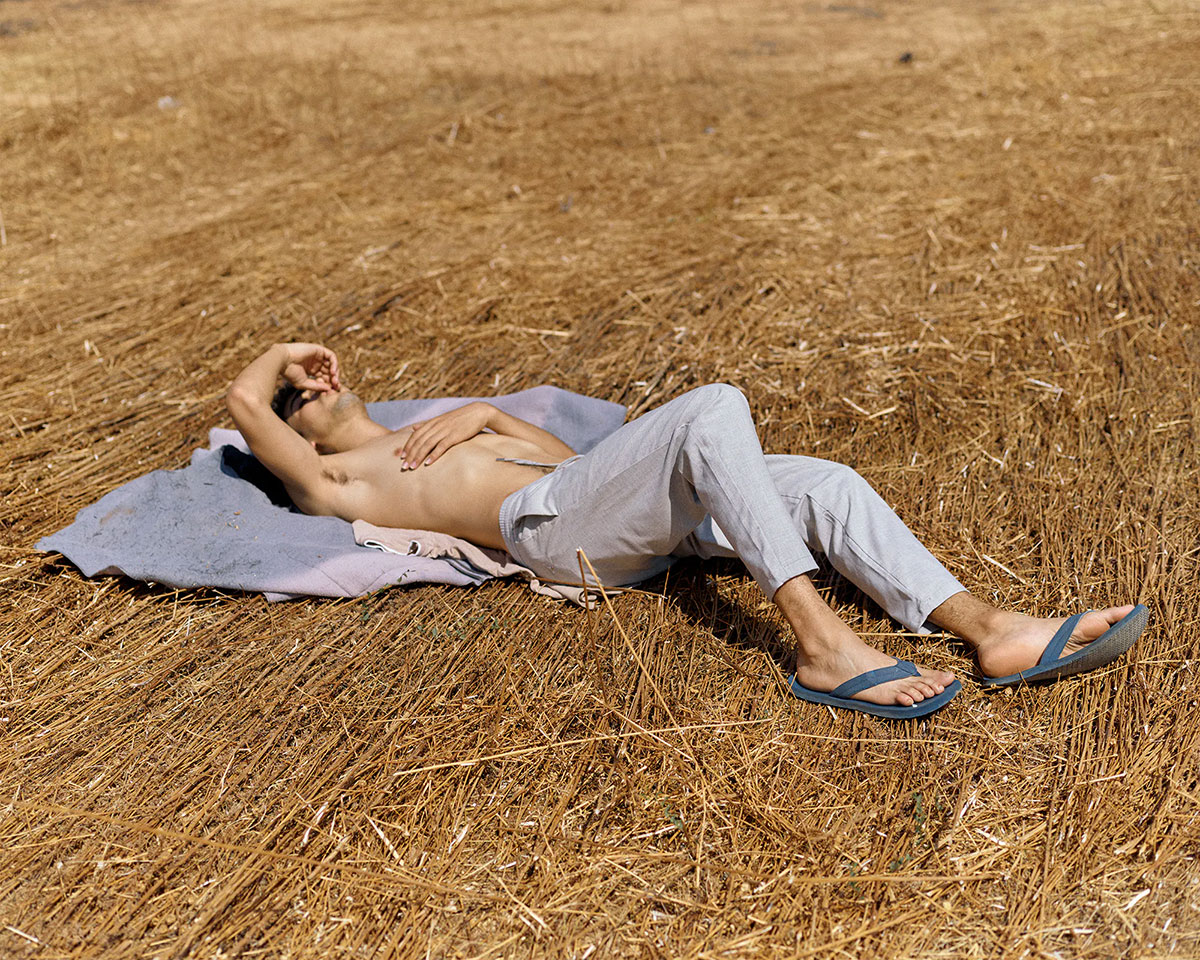 Felipe Romero Beltrán is a Colombian photographer based in Paris. His practice focuses on social issues, dealing with the tension that new narratives introduce in the field of documentary photography. At the same time, he is working on his Phd dissertation on documentary photography at Complutense University of Madrid.
Felipe Romero Beltrán is a Colombian photographer based in Paris. His practice focuses on social issues, dealing with the tension that new narratives introduce in the field of documentary photography. At the same time, he is working on his Phd dissertation on documentary photography at Complutense University of Madrid.
By Dimitris Lempesis
Photo: Foam Archive
In 2023, Felipe Romero Beltrán won the 17th edition of the Foam Paul Huf Award. Now Foam presents his solo exhibition “Dialect”. The exhibition captures the journey of a group of young Moroccan men after their arrival from a dangerous journey crossing the sea to Spain. Romero Beltrán creates a multimedia narrative of the boys becoming young men, navigating a period of legal limbo in Spain. Through his work, Romero Beltrán sheds light on issues such as alienation and social inequity of migrants in today’s society. The photos were shot with the help of nine young Moroccans whom Beltrán befriended in Seville, capital of the southern region of Andalucía. The e pictures were initially intended to be personal, not political. But they ultimately spoke to what Beltrán called a “Kafka-esque” system in which the men waited for years to learn whether their residency applications would be approved. For “Dialect” he documented the lives of these young adults for three years –the period it takes to go through the legal process of obtaining citizenship. After a perilous journey where they have crossed the Strait of Gibraltar; the maritime border between Morocco and Spain, these young men settled in Seville. While their legal status is being reviewed, these young men find themselves in a void: estranged from the familiarity of their home country and separated from a new society they can’t take part in. Even when they manage to step out of the legal vacuum, they remain ‘the others’, experiencing a sense of alienation in this newly adopted country. According to Beltrán, his nine subjects were required to stay in Spain for three continuous years before applying for residency. Undocumented and without the right to work during this time, they were dependent on the state for food and housing. While living at the government-run facility, the men took Spanish lessons and joined workshops to help them adapt to life in Spain — some of which were run by Beltrán. Overcoming an initial language barrier, the photographer began working with the group to produce images and videos. As well as candid portraits, the pictures focus on conditions at the facility, from peeling walls to basic food supplies. “At the beginning, it was just about this group of guys call from Madrid, but of course, I realized that I was photographing these really specific political bodies, or political subjects in this bureaucracy”. Many of the images were, however, staged. As Beltrán looked for different ways to engage with his subjects, he asked them to re-enact moments from their respective migration journeys. In one, a subject lies motionless on blue gym mats, just as he had upon landing on Spain’s coast. Another shows two of the men carrying a third on their shoulders to recreate the moment he fainted during a day-long walk to Seville from a small town to its south. When Beltrán began delivering workshops at the facility in 2020, he was all too familiar with the system his subjects were trapped in. A few years earlier, he had relocated to Spain from his native Colombia, and even as a college-educated Spanish speaker, he also struggled to navigate the complex immigration processes. To illustrate the challenge facing his francophone subjects, his project included a video titled “Recital” in which they attempted to read the first four pages of the Spanish immigration law that would determine their futures. “They weren’t understanding a word,” he recalled, noting that, although lawyers were assigned to act on the men’s behalf, the language barrier and dense legalese removed their agency. Romero Beltrán relies on a strong, almost cinematic framing in his work. He combines documentary photography with elements of performance and choreography. Alongside his photography, the exhibition showcase videowork and include an installation as a response to the inaccessible paperwork this legal process brings along. Felipe Romero Beltrán displays a powerful humane manner in his practice: the subject and method of his work are intrinsically connected to him as a person and artist. His own background as a migrant from Colombia and his sincere affection towards his subjects guide his vision and perspective.
Photo: Felipe Romero Beltrán, from the series “Dialect”, © Felipe Romero Beltrán, Courtesy the artist and Foam
Info: Foam, Keizersgracht 609, Amsterdam, The Netherlands, Duration: 25/1-1/5/2024, Days & Hours: Mon-Wed & Sat-Sun 10:00-18:00, Thu-Fri 10:00-21:00, www.foam.org/
